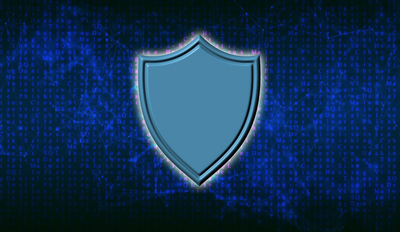Remote work is a godsend for productivity. No longer are team members tied to office walls; employee satisfaction soars with flexibility in where and how they work. But ask any seasoned IT professional, and they'll tell you the perks come with their share of security risks. The boom in remote work has also led to a surge in cyber threats.
How can your teams stay protected in a world filled with hackers? Let's explore some tried-and-true methods to bolster security in a remote work setup.
Banning the Use of Personal Devices
First things first, a primary rule to secure remote operations is limiting the use of personal devices. Consider the chaos of adding multiple unverified gadgets to your network. It's like opening your private diary to strangers, hoping they have good intentions. Personal devices are often shared among family members and rarely adhere to necessary security protocols, making them easy targets for cybercriminals.
Company-owned devices come pre-installed with the latest security software and protocols, ensuring a secure foundation for all work operations. These devices allow IT departments to enforce strict security measures like mandatory updates and regular checks without breaching privacy. Having control over these devices means you can act fast if a security threat looms on the horizon. Have you ever tried to grab control over a partner’s smartphone? Avoid that drama in your work setting.
Secure Collaboration and Communication Tools
Collaboration tools like Slack, Zoom, or Microsoft Teams are indispensable for remote communication. However, they can become security vulnerabilities without proper configurations. The threat doesn't always come with a hood and a mask—it sometimes wears a familiar face peeking over your shoulder during a Zoom call.
Select tools that offer end-to-end encryption to ensure your private chats stay private. Additionally, make sure that all software is updated frequently, as newer versions typically come with stronger security features.
Security-Focused Employee Training Programs
You can purchase the best security tech in the world, but nothing beats the first line of defense—your employees. Uninformed staff can unknowingly open doors to virtual intruders.
The goal should be to create a culture of security. Conduct regular training sessions, utilizing scenario-based learning to demonstrate real threats. Teach staff how to recognize phishing attacks and fraudulent emails and regularly test them with simulated attacks to keep them alert.
Use Multi-Factor Authentication (MFA) Passwords
Let's face it, nobody loves remembering a dozen complex passwords, yet nothing would make a hacker happier than cracking yours. That's where multi-factor authentication (MFA) comes in.
MFA adds an extra layer of security by requiring two or more verification factors to access systems or accounts. Even if a hacker gets one credential, they're blocked by another, like a phone verification or a biometric scan.
Ensure Secure Internet and Data Access Through VPNs
Secure internet access is non-negotiable in a remote environment. Using unsecured networks is like leaving your car unlocked in a busy city center.
A Virtual Private Network (VPN) encrypts online traffic, masking a user’s location and IP address to keep data safe from unwanted interception. VPNs are particularly critical when employees access confidential company information over home networks or public Wi-Fi.
Develop an Effective Incident Response Plan
Even with solid preventative measures, incidents may arise. The key is how swiftly and efficiently you respond to them.
An effective plan should include identification, analysis, containment, eradication, and recovery processes. During an incident, your whole team should know their roles. Conduct periodic drills to ensure all procedures run like clockwork when needed.


.png?width=2953&height=1182&name=%5BCTA%5D%20Secure%20Your%20Remote%20Team%20with%20Tried-and-True%20IT%20Tips%20(1).png)

.jpg)
